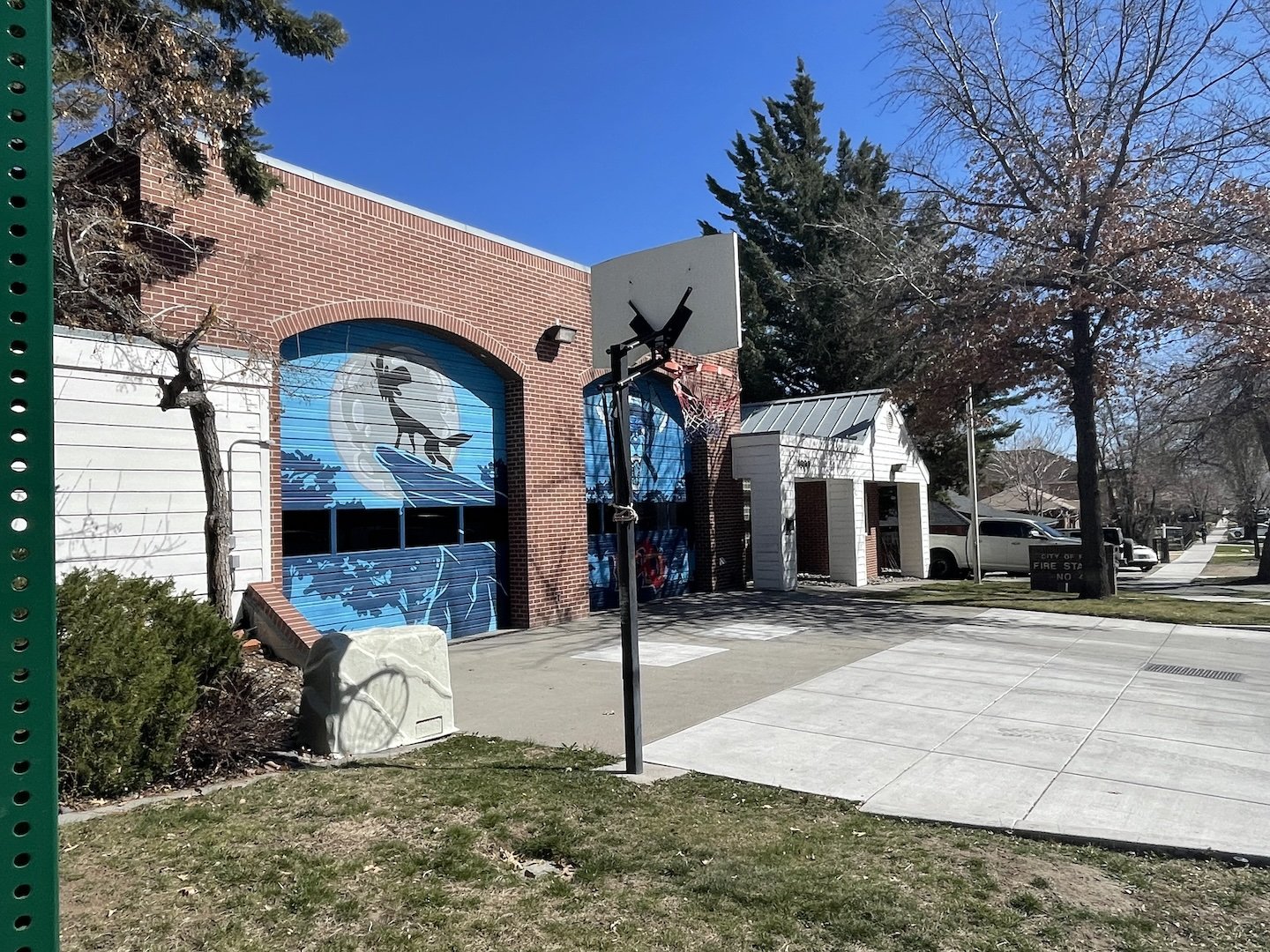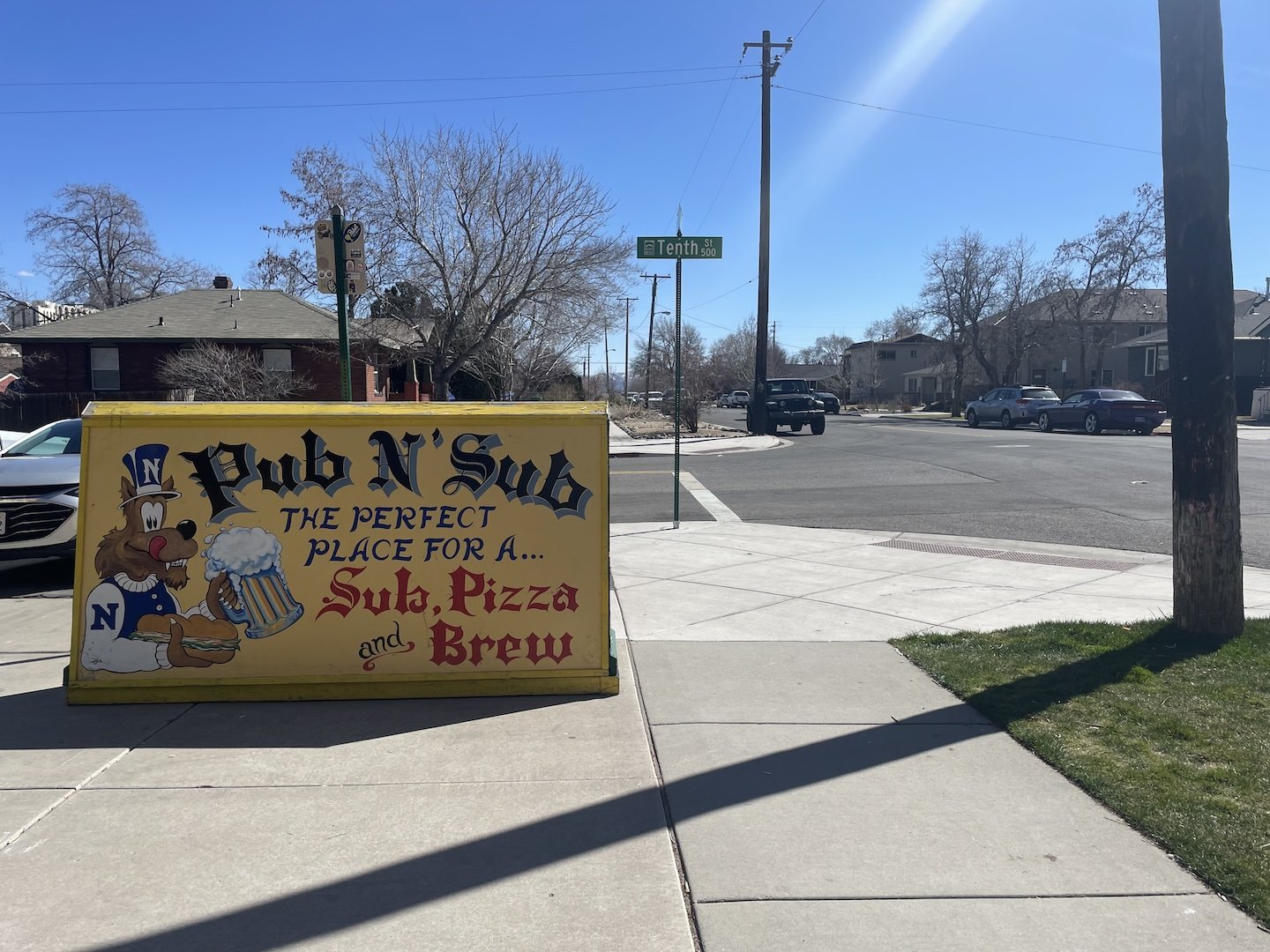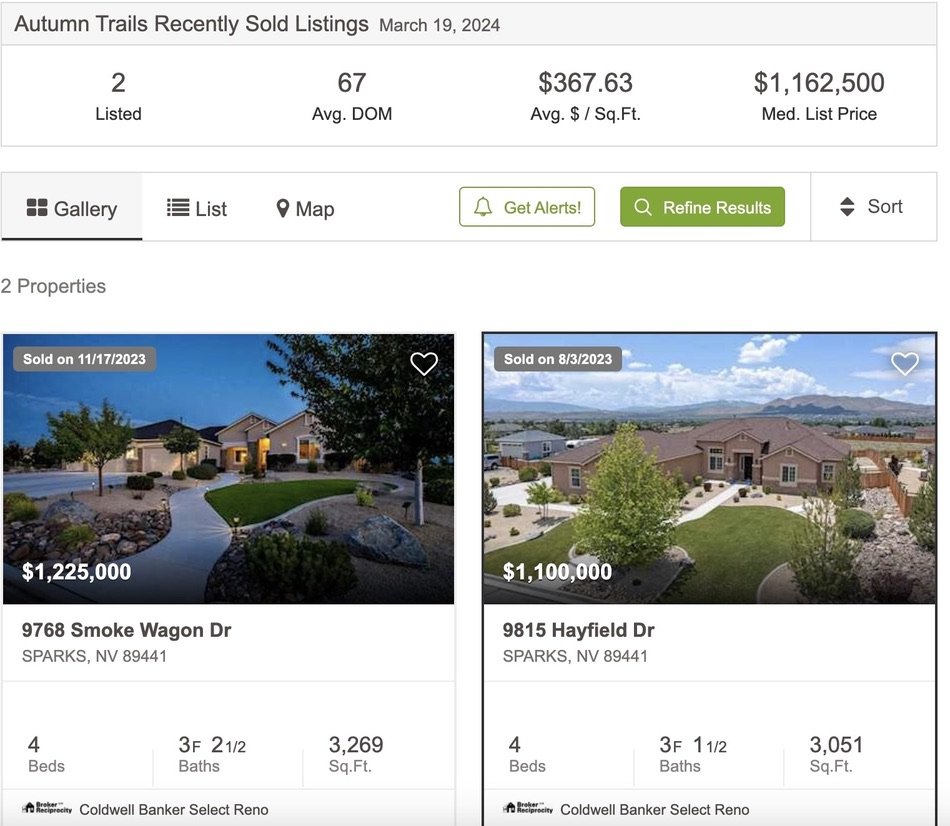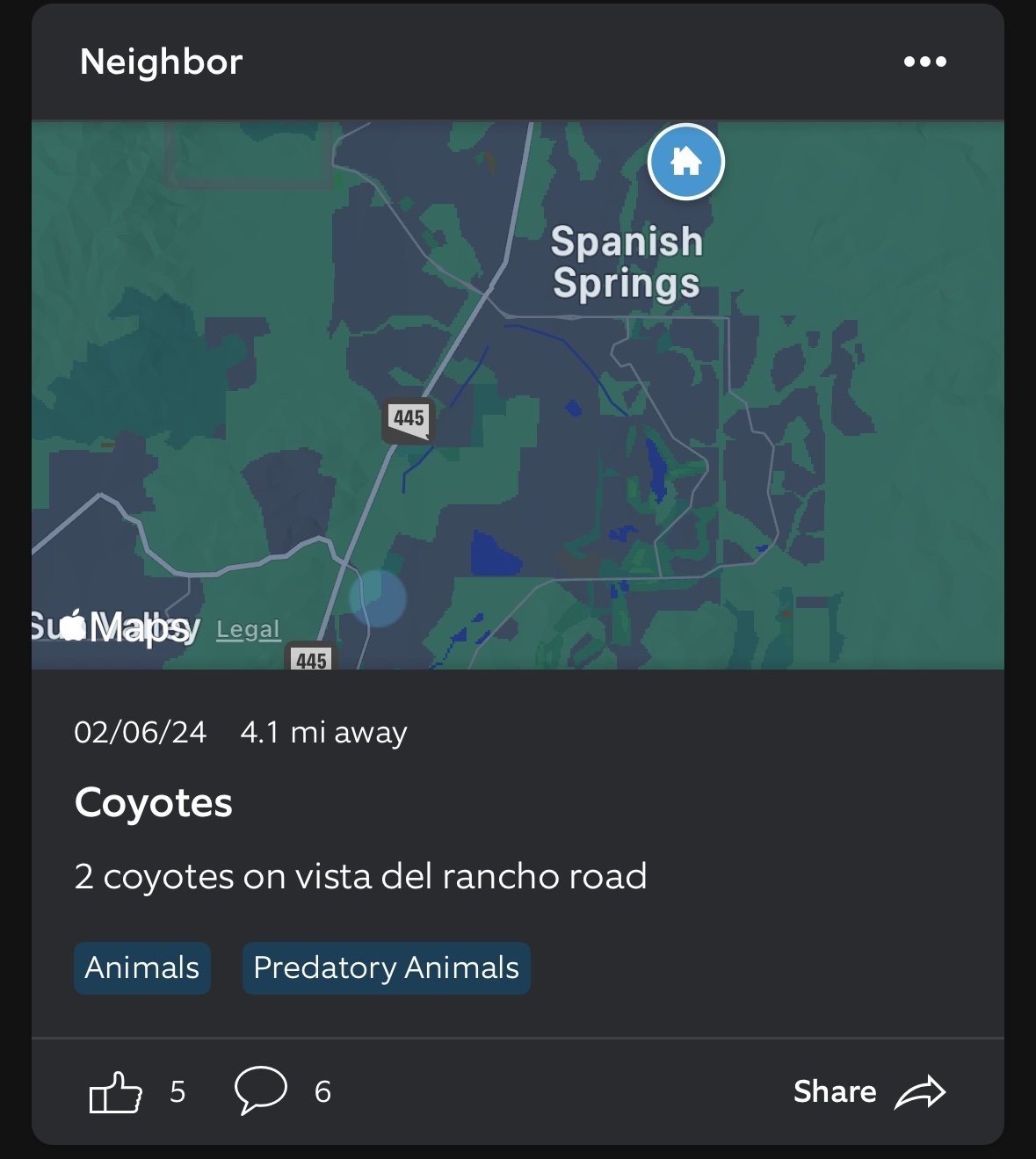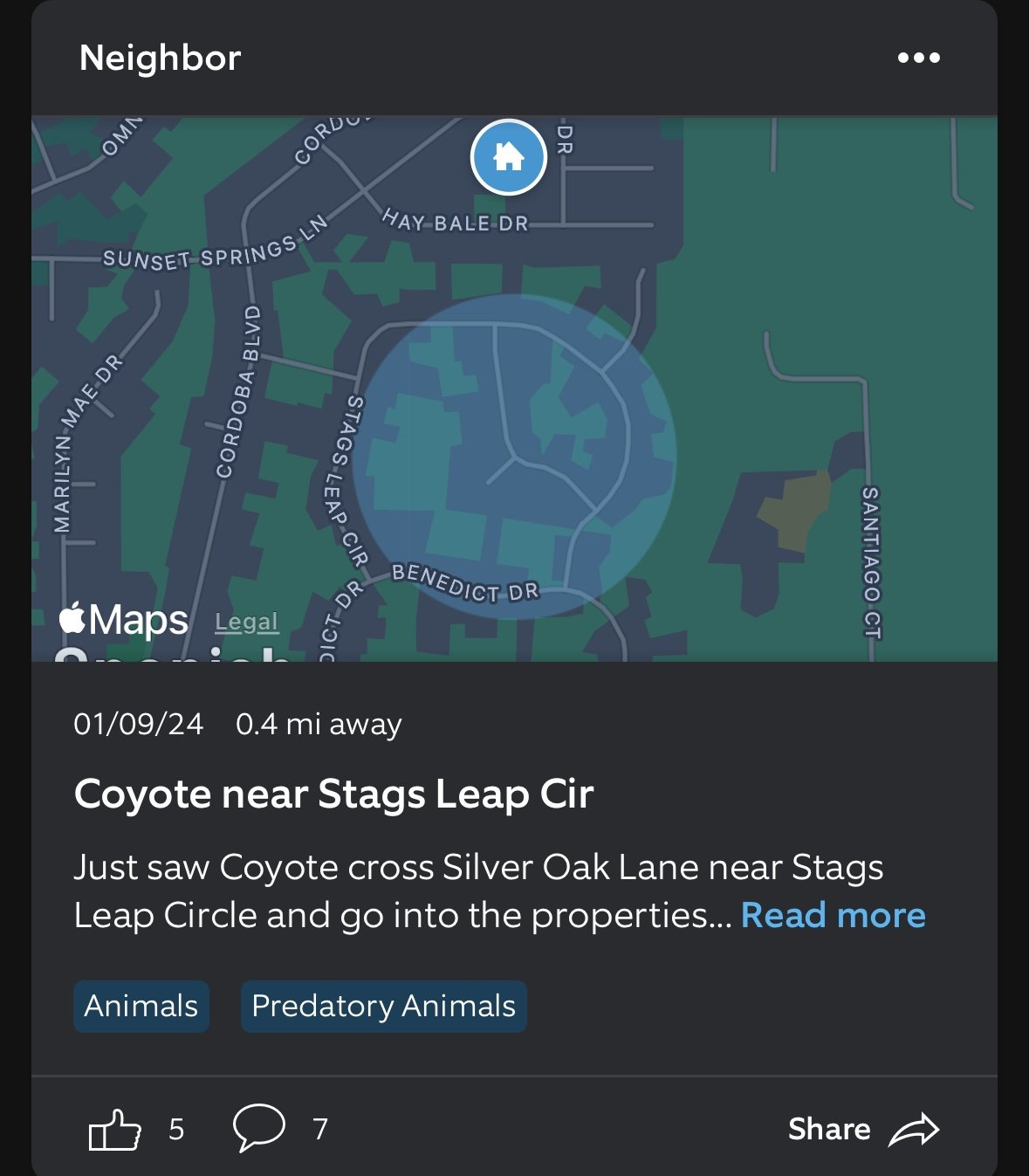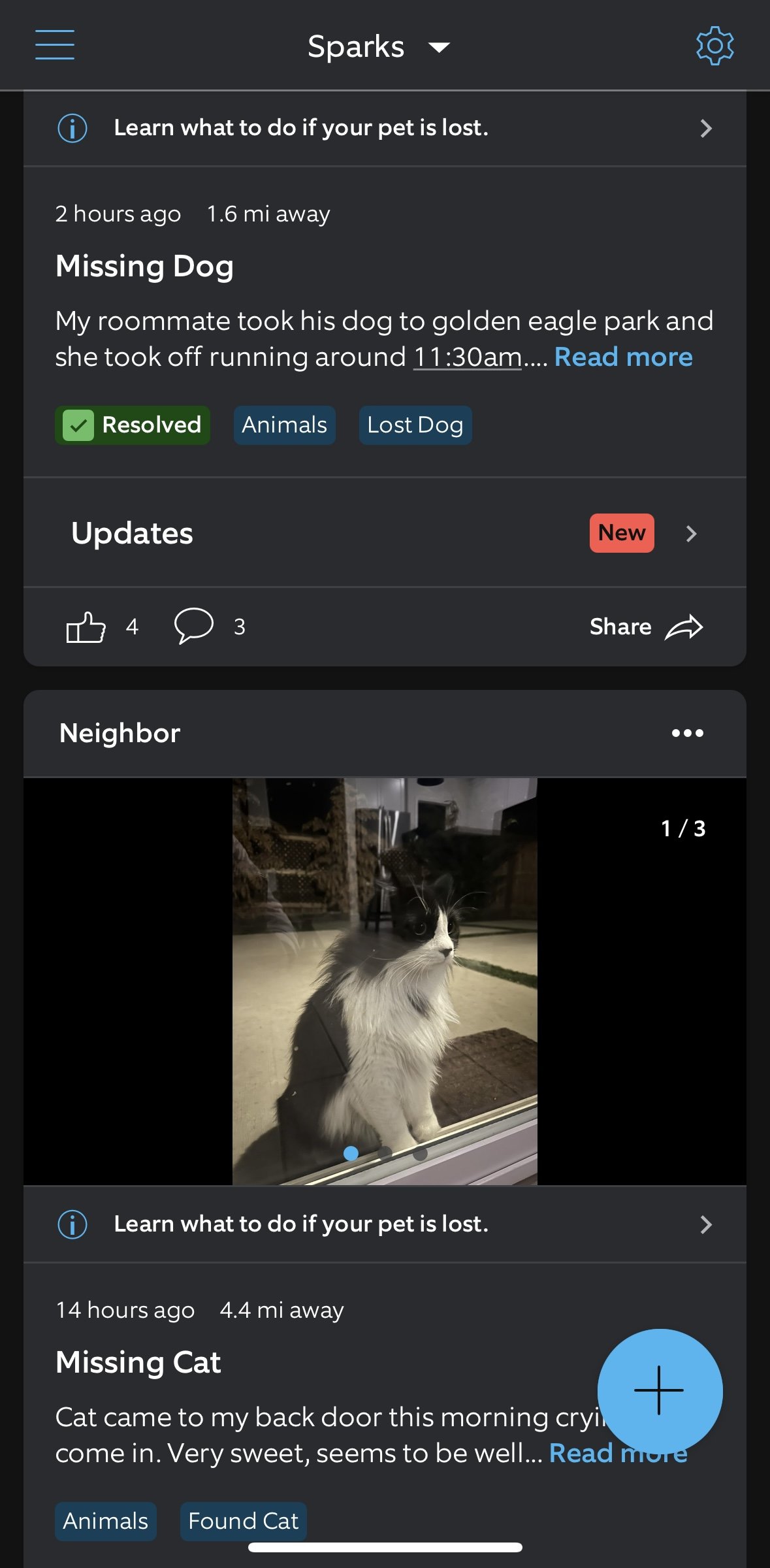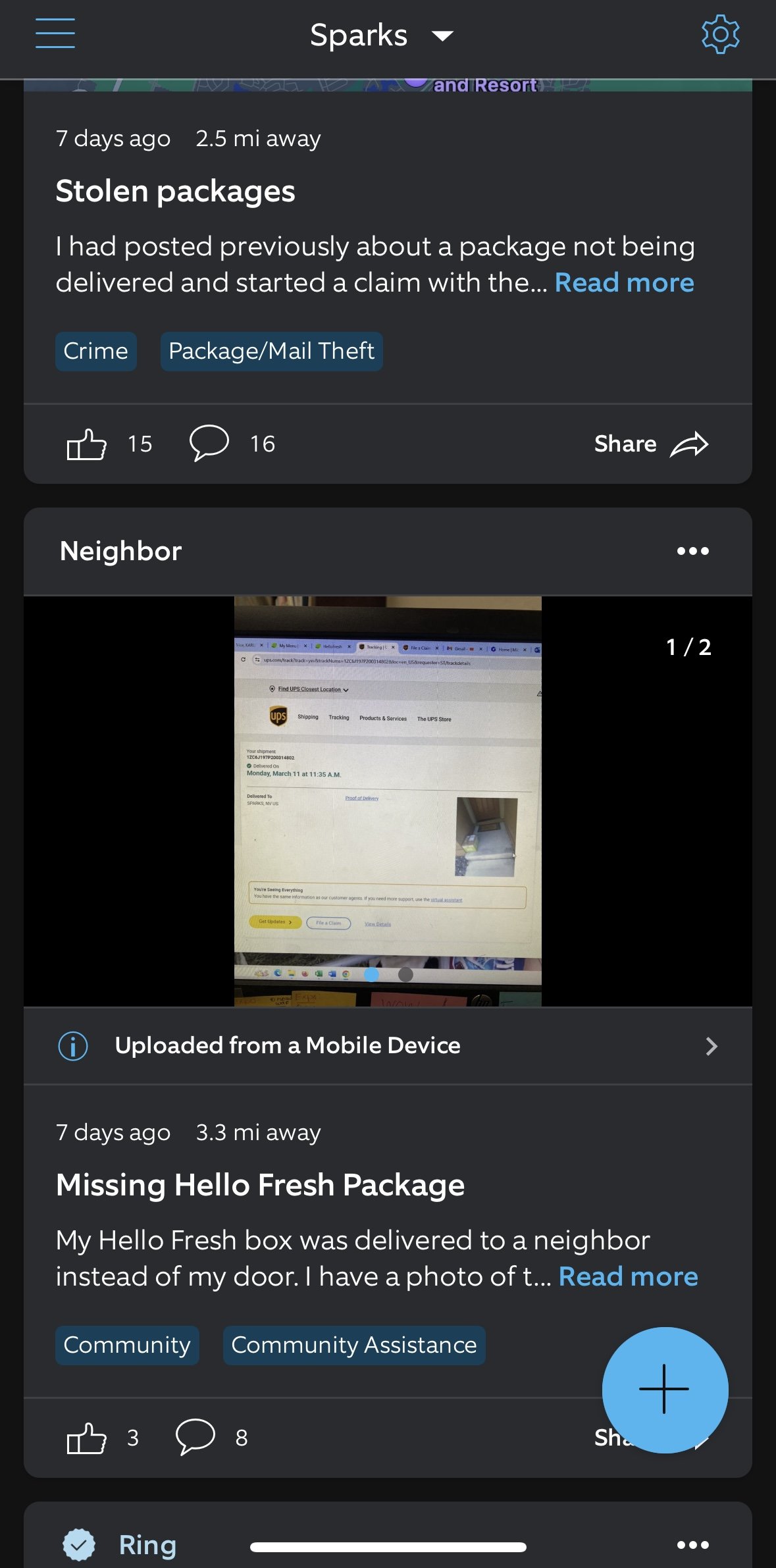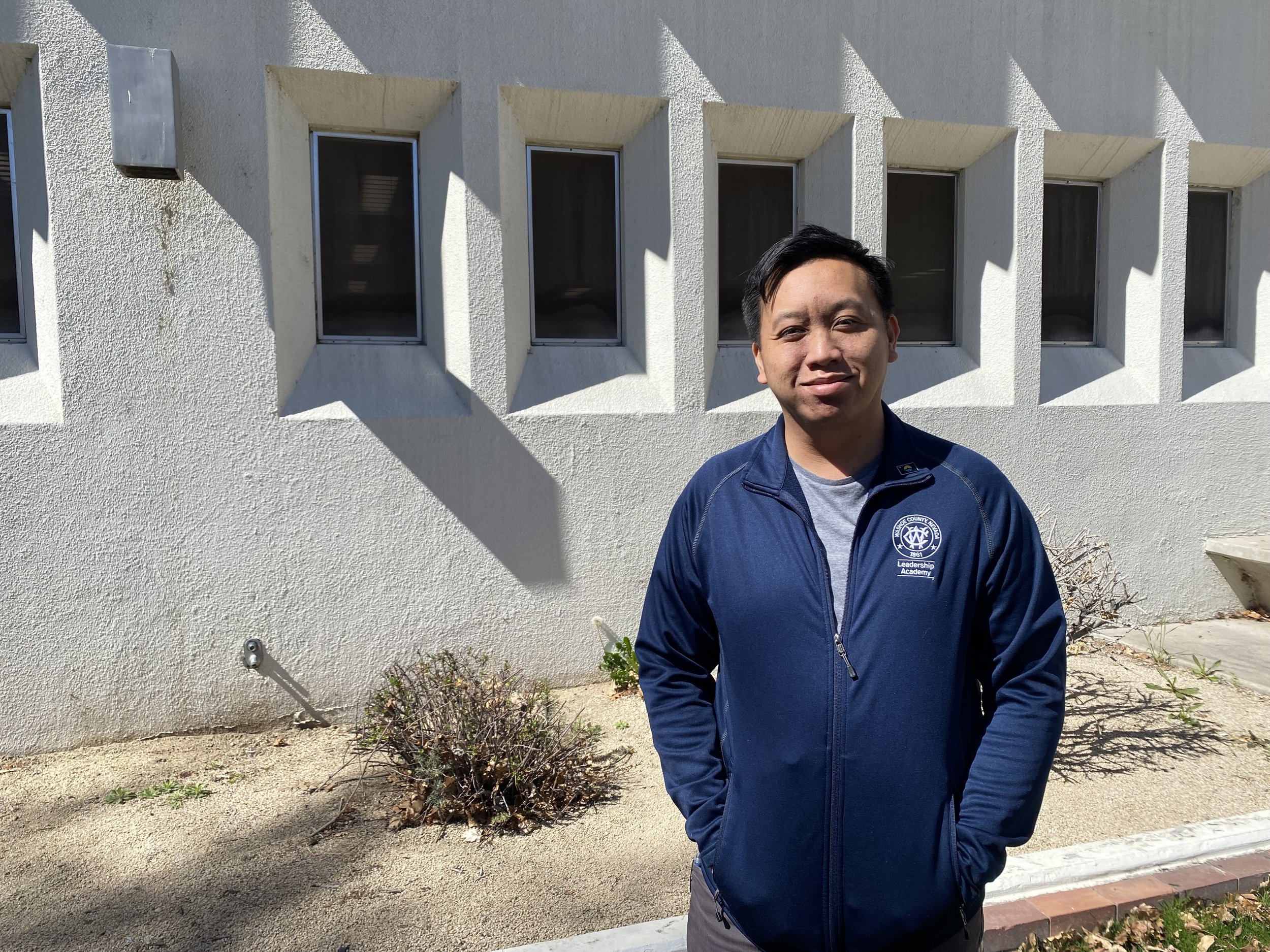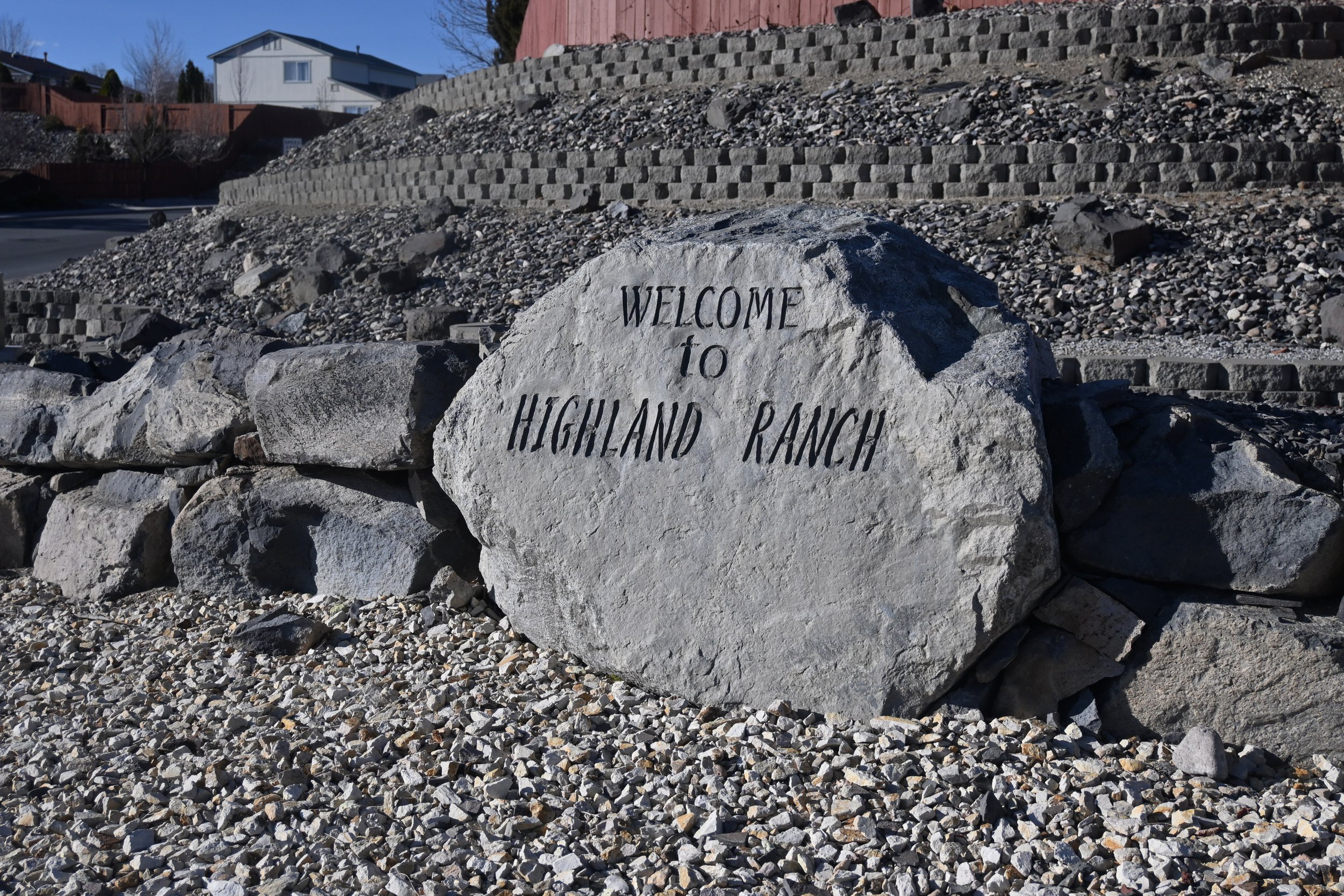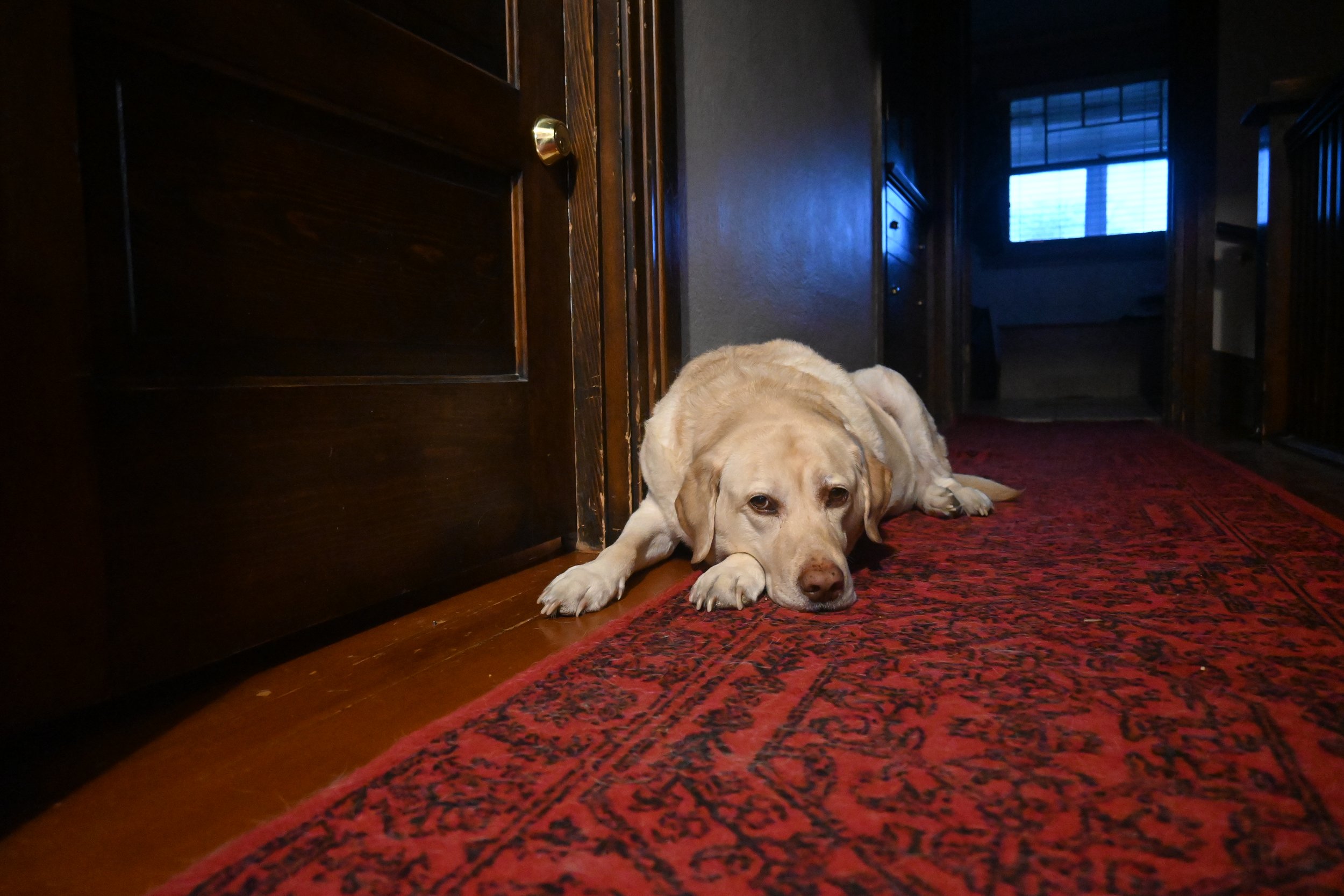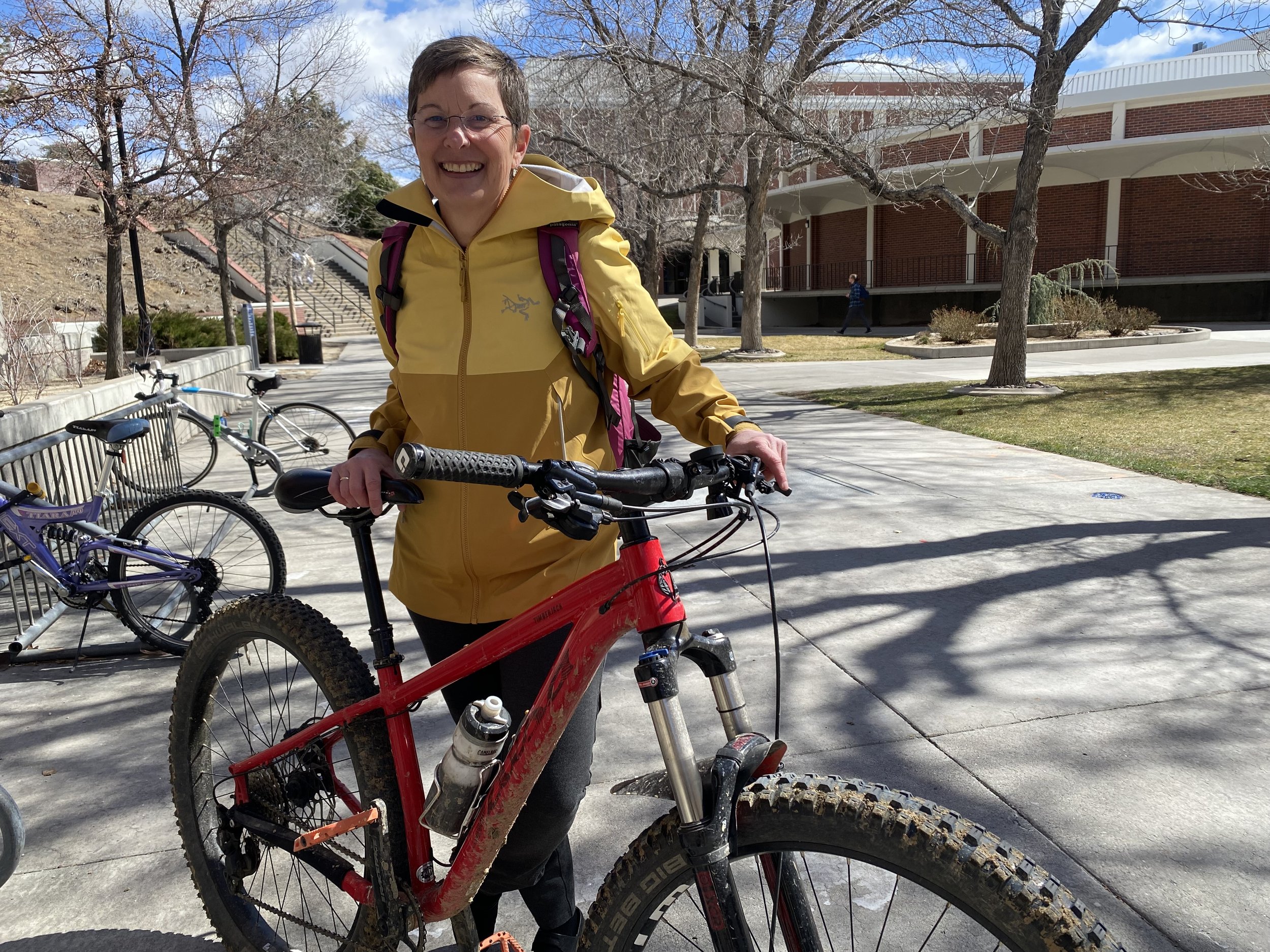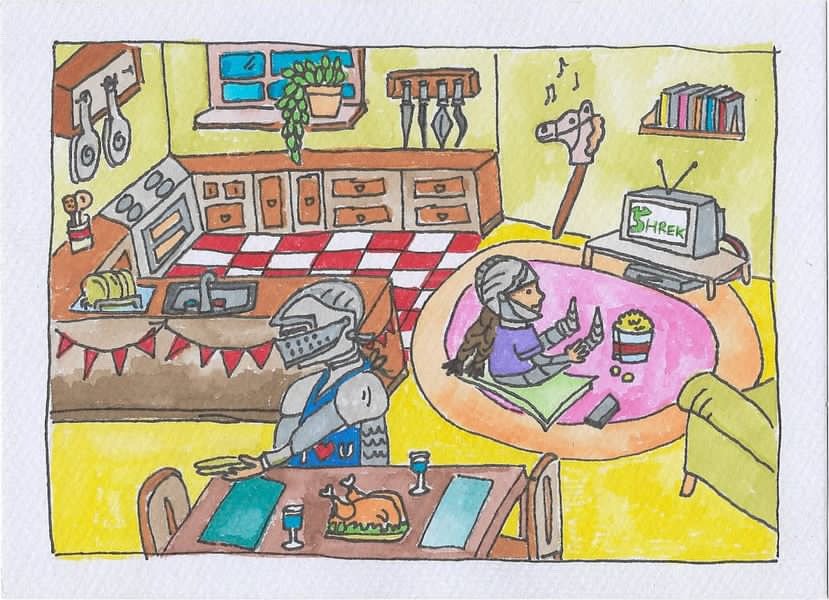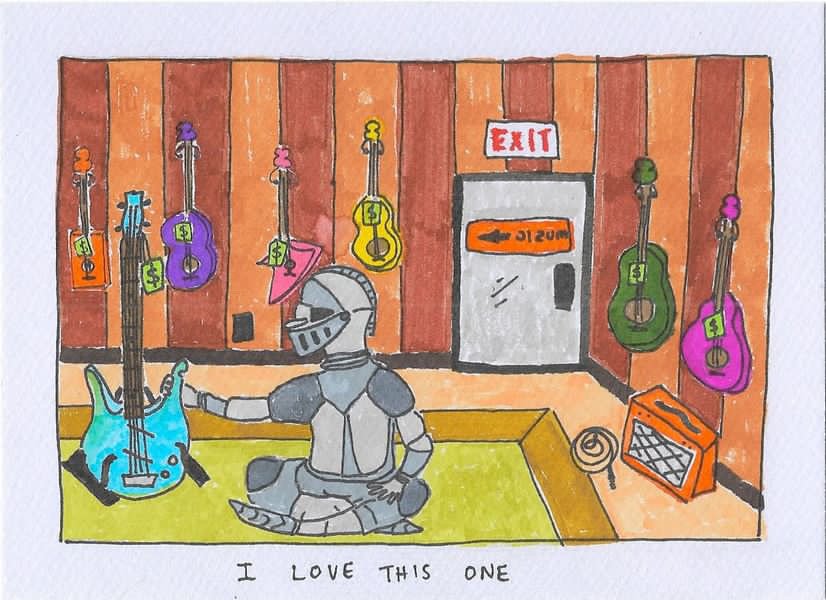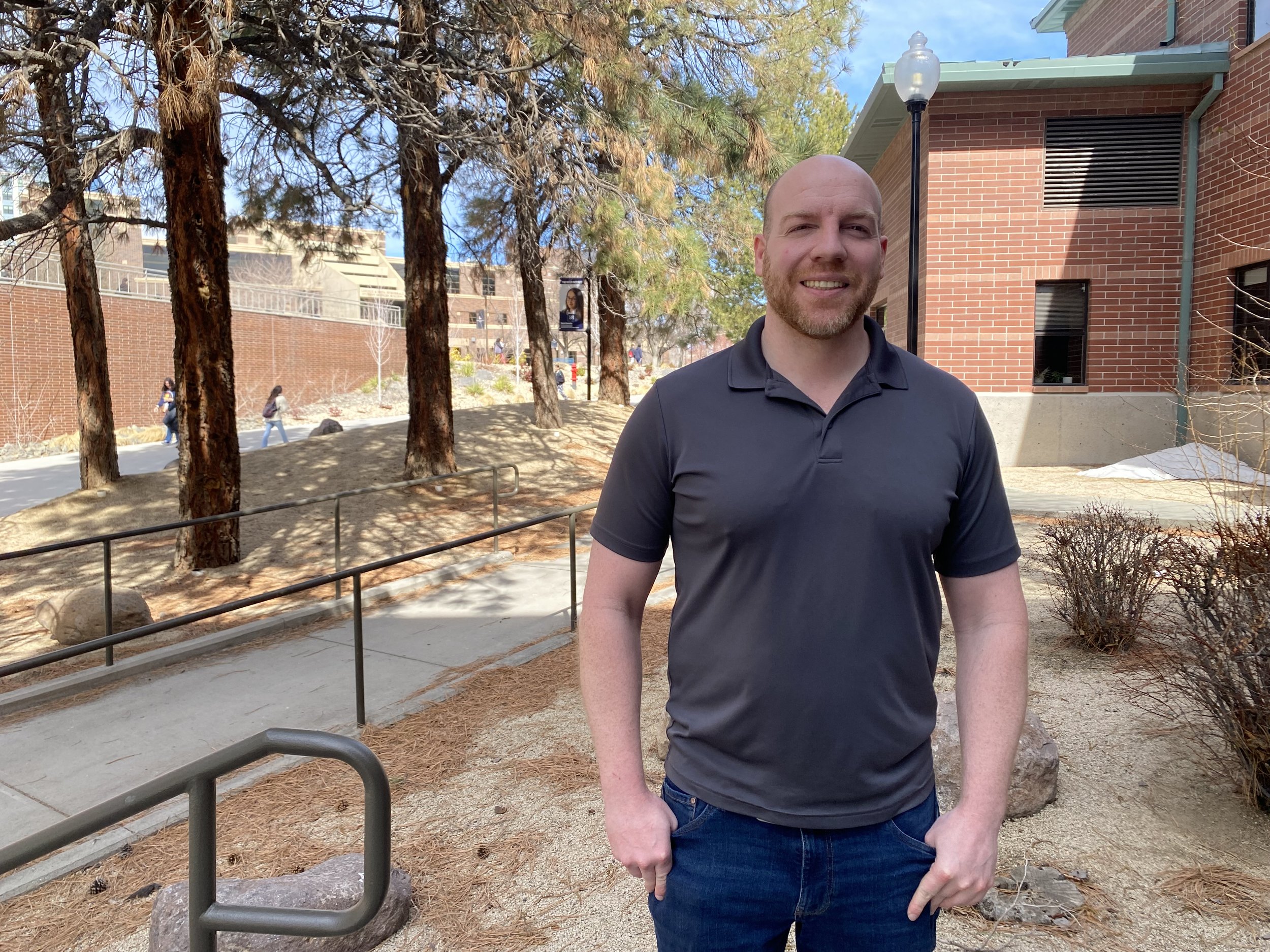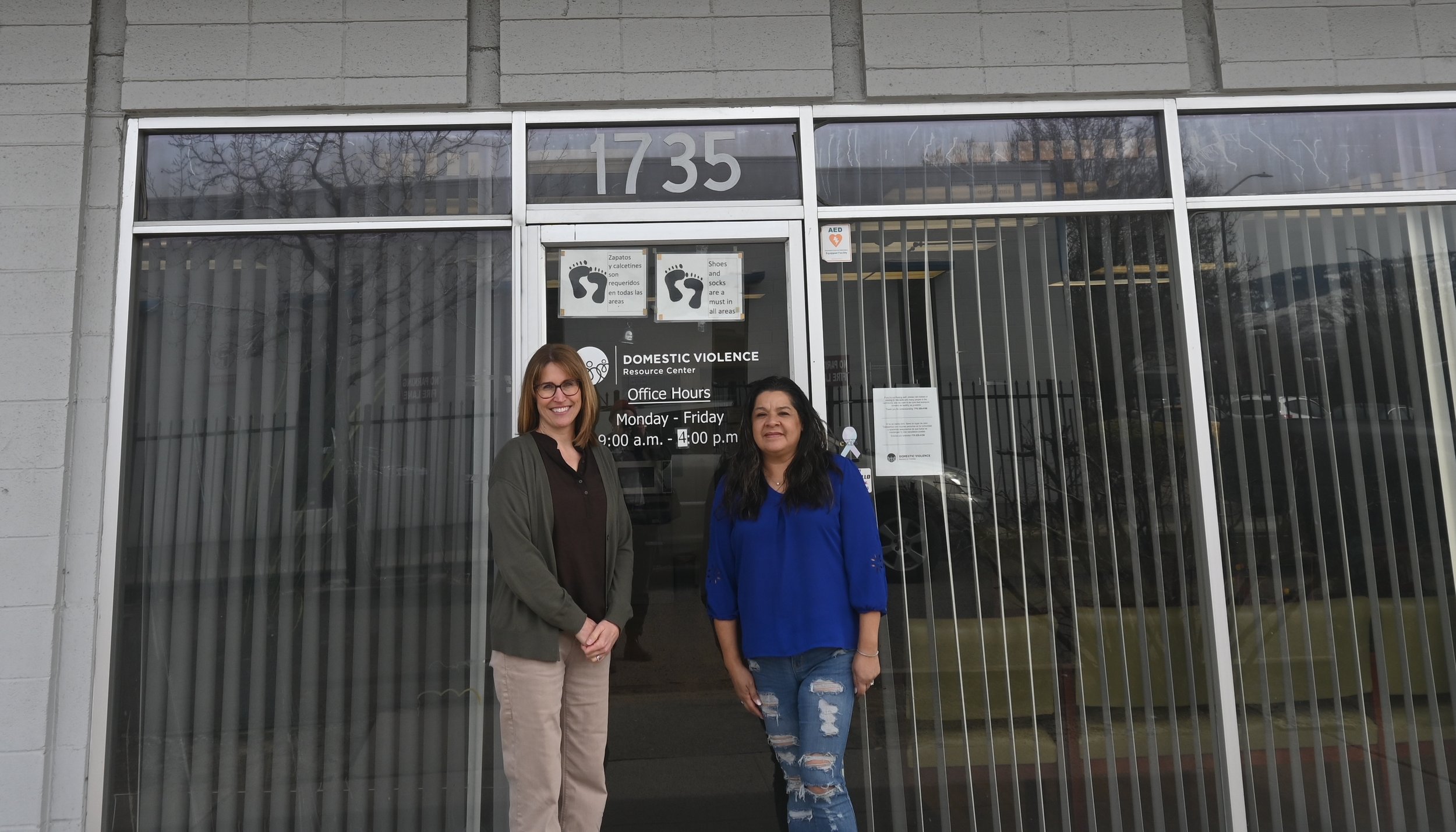A resident of Curti Ranch, now in Ward 6, since 2005, a mom who battled to get one of her son’s to overcome childhood leukemia, and a professional in marketing for decades, Brandi Anderson wants south Reno to no longer be overlooked in terms of parks and recreation, public safety, and solutions-based infrastructure.
She points to being a mom as being a main motivator to drive change for current and future generations.
“As I was raising my children, I started realizing I need to deal with people that are driving through too fast through the neighborhood. Who do I call? I need to deal with the fact that there's no swimming. There was no aquatics facility at all in South Reno for me to take my kids to teach them how to swim… Those are the things that the city council can affect. And so once I started really realizing that as a mom, I really got involved and really interested. The work and the public service is fascinating to me.”
She ran previously for what was then Ward 2 in 2010, but says she didn’t listen to constituents enough. Then three weeks before that election, her son Cooper was diagnosed with cancer.
That taught her even more about politics intersecting with life as the Affordable Care Act had recently passed.
“That mattered dramatically to me because of the lifetime cap issue with insurance and the fact that nobody was going to be able to drop us from our insurance, that was a main issue in the beginning,” she said.
“So I started to pay attention to politics at that time because I wanted to know why was everybody so either happy or sad about this policy? So through that journey, I started learning about how these decisions get made. And I think that my temperament, and my preparedness makes me an excellent person to have in an elected position … number one, do no harm, number two, do as much good for as many people as you can with the resources you have.”
She says she understands some voters are currently disillusioned by the toxic nature of national races, and appreciates that local ward races here are nonpartisan.
“There's no reason to look at your neighbor and be concerned about ideological foundations,” she said. “ Let's talk about the quality of life and how to make this neighborhood better. That's what a city council race is about.”
When asked if she had concerns on tense back and forths displayed at recent Reno City Council meetings, she said if elected she would focus on her “ability to be a good leader, to be a consensus builder, to collaborate and better understand and publicly show people that you can disagree with somebody and still be respectful and be part of the same team, that's moving towards a common goal for the city.”
Anderson says her experience as an entrepreneur will also come in handy to be a better representative for residents like her.
“I think being a small business owner that's just recently been through the pandemic with the rest of the business owners, it's really good to have that heart and mind of what people are trying, what they're going through when they're employing our neighbors, when they're trying to put food on their table.”
Anderson would like to take a close look at fees that go along with licenses for businesses, including those without brick and mortar presence.
“Every fee that you pass along to a small business owner is money that they're not able to pay employees, inventory that they're not able to order and possibly gas they're not able to put into a delivery truck. So we need to be thinking about that as a city,” she said.
In terms of general concerns, traffic is an issue she mentions often, including how to get South Reno residents to and from where they need to go, and to find ways to ease existing “choke points” while making sure “we're thinking about the residents when we make those decisions.”
“I think that I'm looking at our priority in our intersections, but not just in the high traffic. There's a lot of accidents that happen in small neighborhoods where maybe they don't get as much focus from the media,” she said. “I think we need to identify these areas, figure out how much money is going to need to be invested in making those crosswalks well-lit and easy to identify from a driving perspective. But we also need to do much more awareness about walkers’ safety as well. We're all looking at our phones. We're not paying attention to what's around us.”
While new construction takes place to bring about more infrastructure, she urges patience in the short term and communicating concerns politely.
“If you're having issues with traffic, if you have wild horses in your neighborhood that are causing any concerns and you want to figure out the best way to safely handle that, just be kind to your neighbors, be patient, and then reach out to people that can get you some help because Ward 6 is changing, but it's definitely changing for the good.”
Her husband is a retired fireman, and she also wants our fire departments to communicate better between each other, “so that we can use the resources that we have in fire personnel and equipment and make sure that we're getting to emergencies as quickly as we can, no matter where they are in the valley.”
As we completed our interview, Anderson was about to receive her promotional materials, to begin a new phase of door to door campaigning. She will draw on her experience in 2016 of doing just that to get a sales tax increase to build new schools and repair old schools.
“I’m just going to get to as many doors as I can and talk to as many voters as I can,” she said of her current campaign strategy, saying she is confident she will finish in the top two in June to make the final November showdown.



